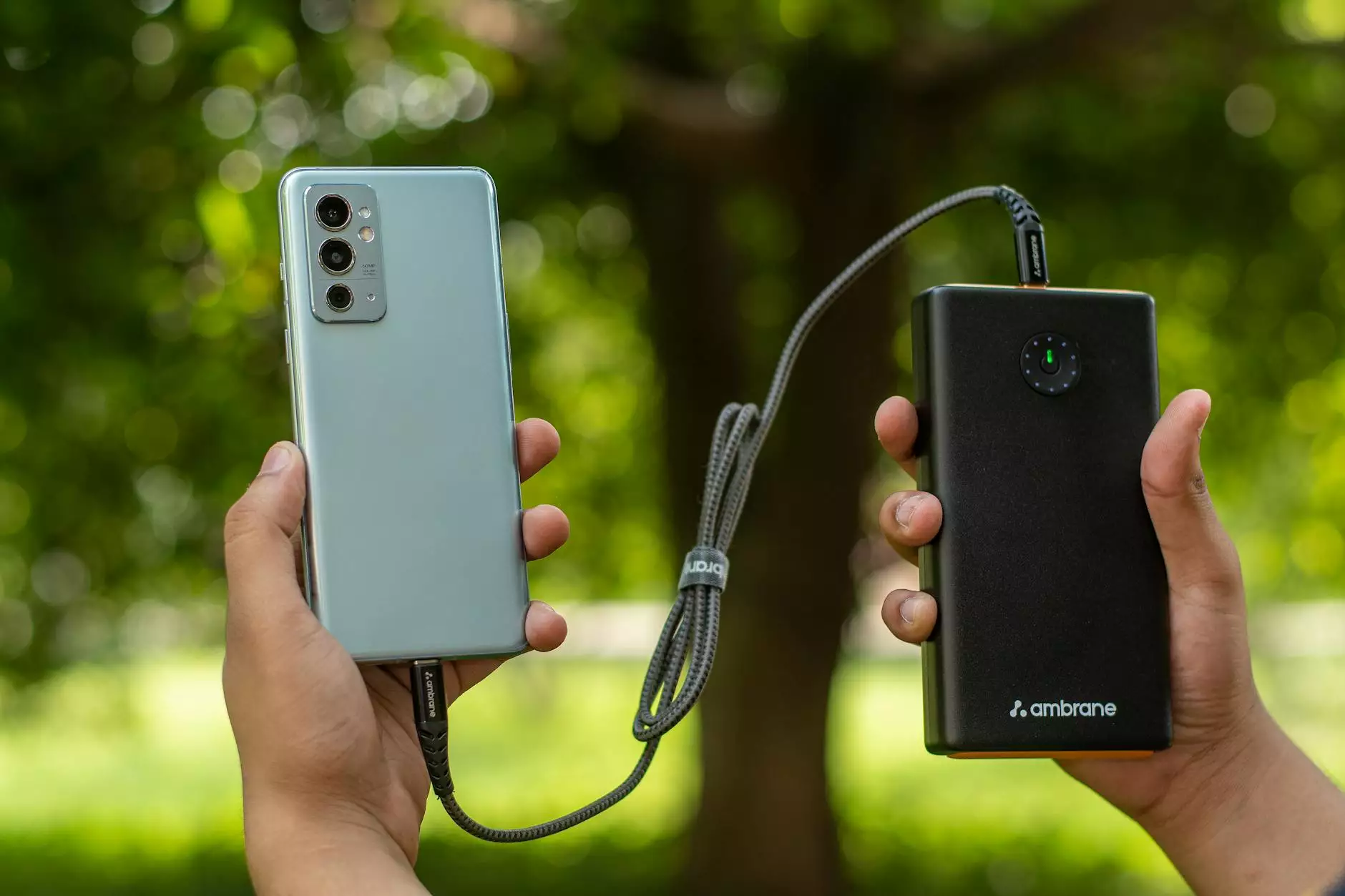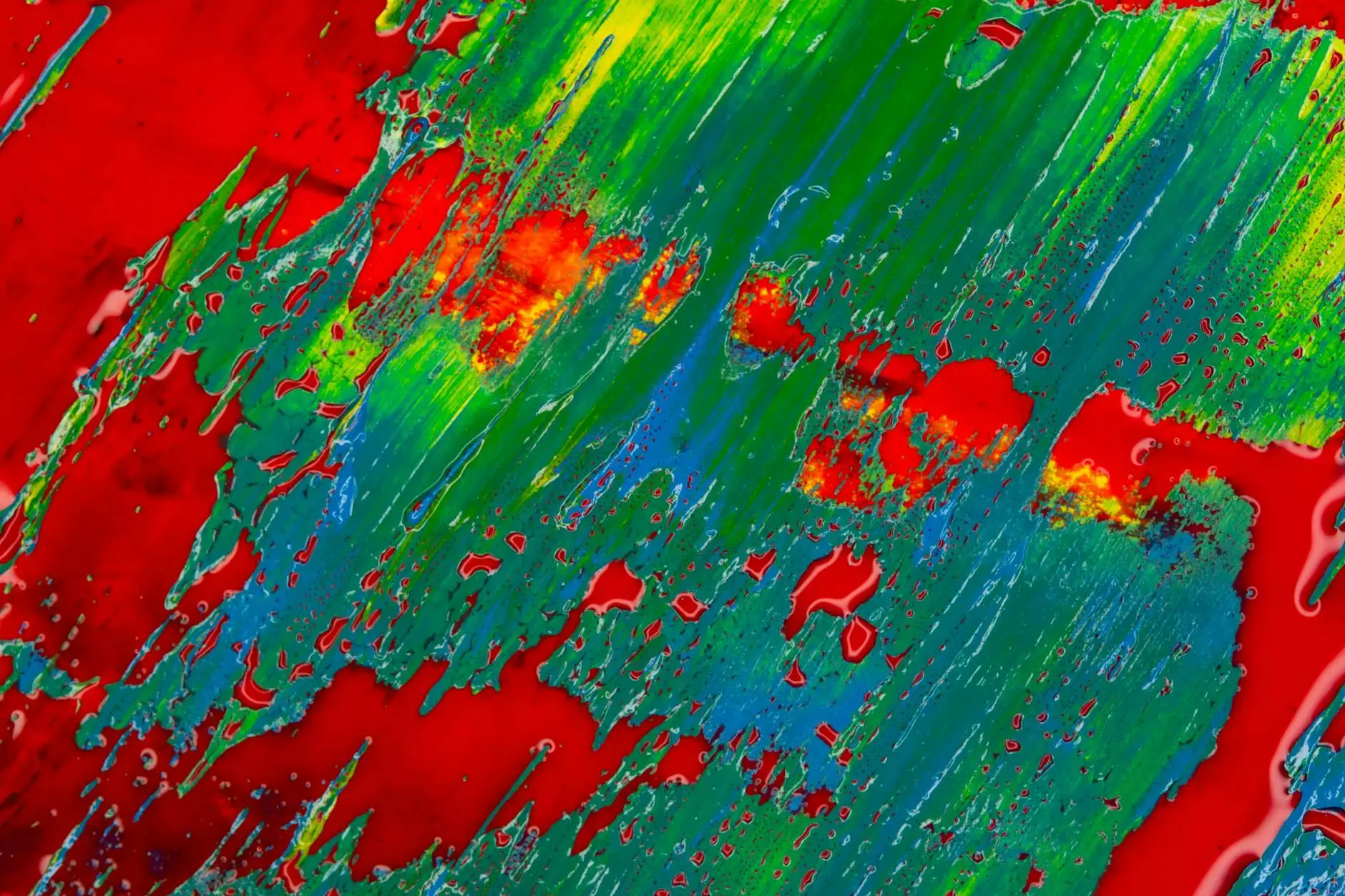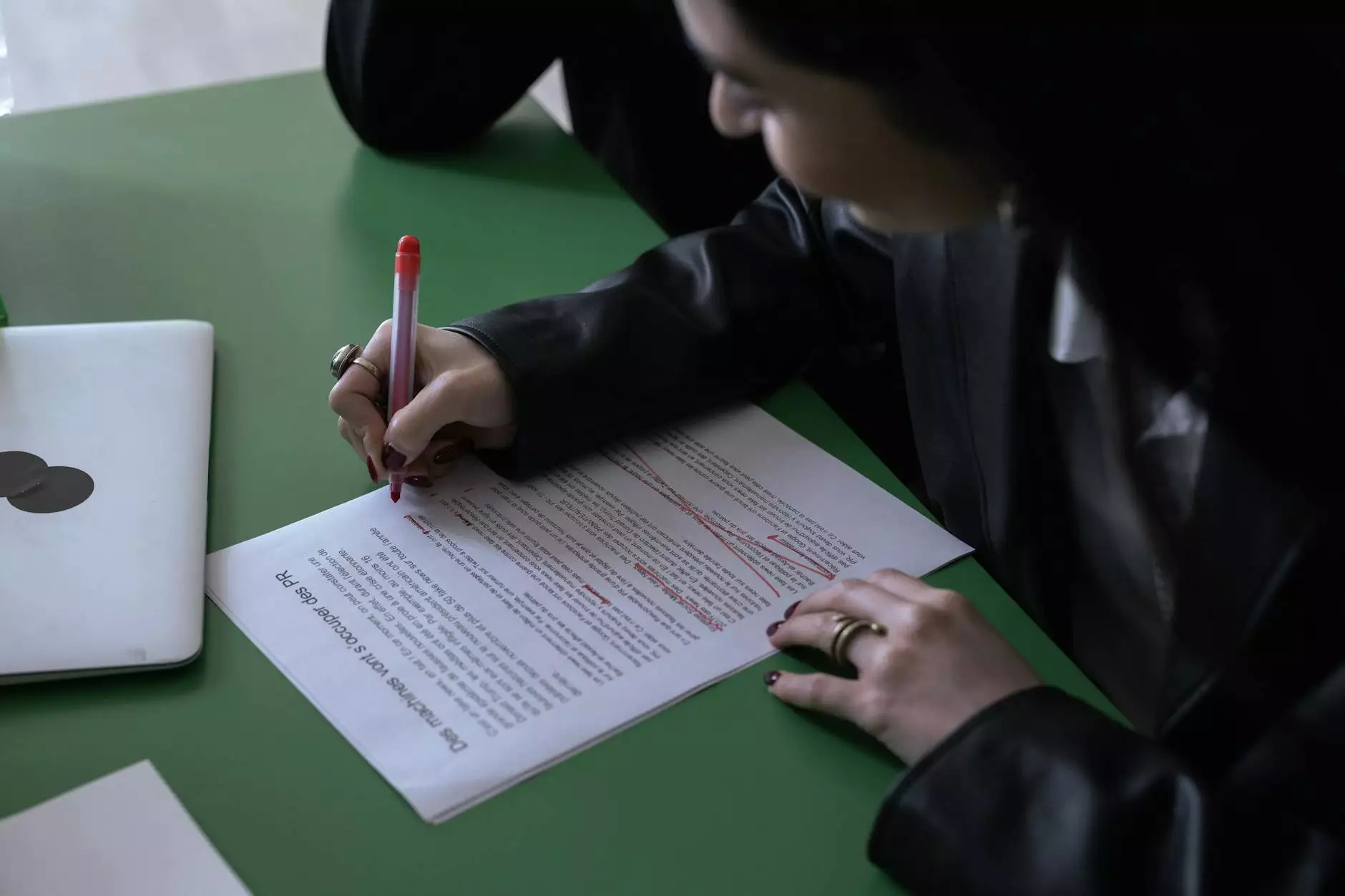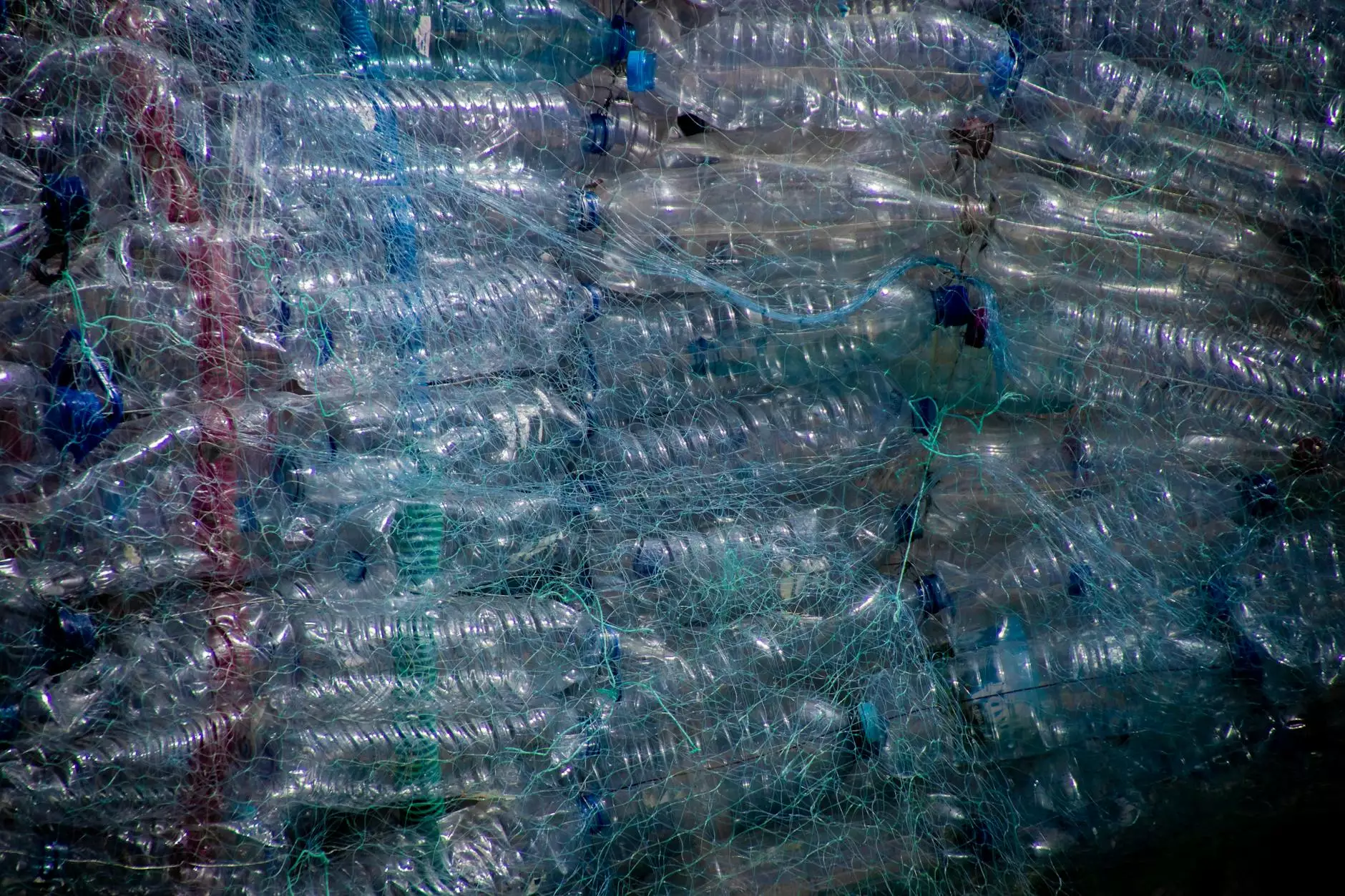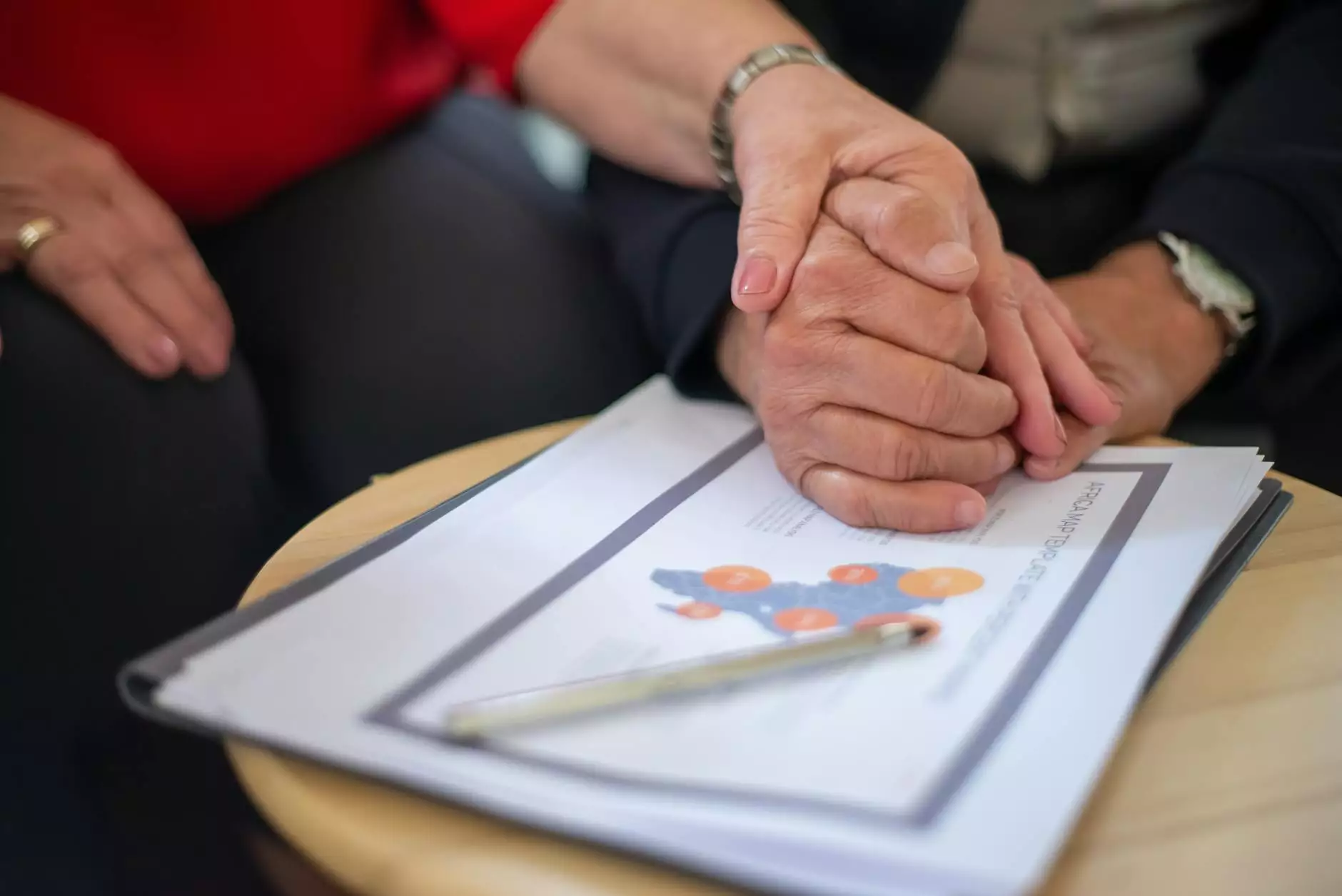Tendinopathy vs Tendinosis: Understanding the Differences

Tendinopathy and tendinosis are two common terms often used in the realm of sports medicine and rehabilitation. While they may sound similar and are sometimes used interchangeably, understanding the differences between these conditions is crucial for effective treatment and recovery. This comprehensive guide delves deep into the definitions, symptoms, diagnosis, treatment options, and prevention strategies related to each condition.
What is Tendinopathy?
Tendinopathy is a broad term that refers to any injury or degenerative condition of a tendon. It encompasses both acute injuries, such as a tendon tear, and chronic conditions, which develop over time due to repetitive stress and strain. Tendinopathy can involve inflammation, but it does not necessarily mean inflammation is present — this is where we often delve into the debate around tendinitis (which implies inflammation) versus tendinosis.
Causes of Tendinopathy
The causes of tendinopathy can vary widely but typically include:
- Overuse: Engaging in repetitive activities without adequate rest can stress the tendon excessively.
- Age: With age, tendons can lose strength and flexibility, making them more susceptible to injury.
- Poor biomechanics: Abnormal movement patterns or weaknesses in the muscles governing tendon movement can lead to increased tendon stress.
- Improper training: Failing to gradually increase the intensity and volume of physical activity can precipitate tendinopathy.
Symptoms of Tendinopathy
Common symptoms to look out for include:
- Pain: Often a dull ache in the affected area, which can intensify with activity.
- Stiffness: The tendon may feel stiff, especially in the morning or after sitting for extended periods.
- Swelling: There may be localized swelling around the tendon.
- Reduced strength: Difficulty in using the affected joint or muscle effectively.
What is Tendinosis?
Tendinosis, on the other hand, is a specific type of tendinopathy characterized chiefly by the degeneration of the tendon’s collagen in the absence of inflammation. It usually results from chronic overuse and is marked by the breakdown of the tendon tissue.
Causes of Tendinosis
The primary factors contributing to tendinosis are similar to those that lead to tendinopathy, including:
- Chronic overuse: This is the most significant factor; repetitive stress without proper recovery leads to microtears.
- Age-related changes: Tendons naturally become less elastic with age, making them more prone to degenerative changes.
- Poor conditioning: Lack of strength and flexibility can contribute to increased risk.
- Underlying health conditions: Conditions such as diabetes or certain metabolic disorders may predispose individuals to tendinosis.
Symptoms of Tendinosis
The symptoms of tendinosis often mirror those of tendinopathy but are unique in the chronic nature of the pain involved:
- Persistent pain: Lasting pain that may worsen with activity and typically lessens with rest.
- Morning stiffness: Increased stiffness after periods of inactivity.
- Tenderness: The affected tendon may be sensitive to touch.
- Thickening of the tendon: The tendon may appear thicker than usual on examination.
Diagnosis: Tendinopathy vs Tendinosis
Correct diagnosis is vital for effective treatment. Physicians typically use a combination of the following methods to diagnose these conditions:
- Physical Examination: Assessment of symptoms and functional limitations.
- Medical History: Evaluating the patient's activity level and any previous injuries to the tendon.
- Imaging: Ultrasound or MRI may be recommended to visualize the extent of the tendon damage. Tendinosis can be particularly identifiable via these imaging methods due to its degeneration pattern.
Treatment Options: Tendinopathy vs Tendinosis
Treatment methodologies vary significantly between tendinopathy and tendinosis, and understanding these can help in choosing the right course of action.
Managing Tendinopathy
For tendinopathy, treatment often aims at reducing pain and restoring function:
- Rest: Allow time for the tendon to heal.
- Ice Therapy: Application of ice can help reduce swelling and relieve pain.
- Physical Therapy: Guided exercises to strengthen the surrounding muscles and improve flexibility.
- Medications: Nonsteroidal anti-inflammatory drugs (NSAIDs) to control pain and inflammation.
Managing Tendinosis
Treatment for tendinosis must focus on tissue regeneration and may include:
- Activity Modification: Avoiding activities that exacerbate symptoms.
- Physical Therapy: Structured rehabilitation exercises targeting tendon health, including eccentric strengthening exercises.
- Collagen Supplements: May help in rebuilding tendon collagen.
- Injections: Options like platelet-rich plasma (PRP) may be considered to promote healing.
- Surgery: In severe cases, surgical intervention may be necessary to repair or remove damaged tendon tissue.
Prevention Strategies for Tendinopathy and Tendinosis
Taking proactive steps can significantly reduce the risk of both conditions:
- Strength Training: Build strength around the joints to better support tendons.
- Proper Warm-up: Always warm up before engaging in physical activity.
- Adequate Rest: Allow appropriate recovery time between training sessions.
- Gradual Progression: Increase activity intensity gradually to avoid overstressing tendons.
- Maintain Overall Health: A balanced diet, healthy hydration, and general fitness can play key roles in tendon health.
Conclusion
Understanding tendinopathy vs tendinosis is vital for anyone active in sports or physical labor. While both conditions emerge from similar origins related to tendon strain and aging, they require distinct approaches to treatment and management. By taking proactive measures, including proper training, conditioning, and recovery practices, individuals can protect their tendons and maintain optimal health. If you suspect you are suffering from either condition, it is imperative to consult with a healthcare professional for an accurate diagnosis and personalized treatment plan.
As we continue to learn more about the intricacies of musculoskeletal health, the importance of early diagnosis and intervention can’t be overstated. Protect your tendons, and you'll ensure a healthier, more active life.


